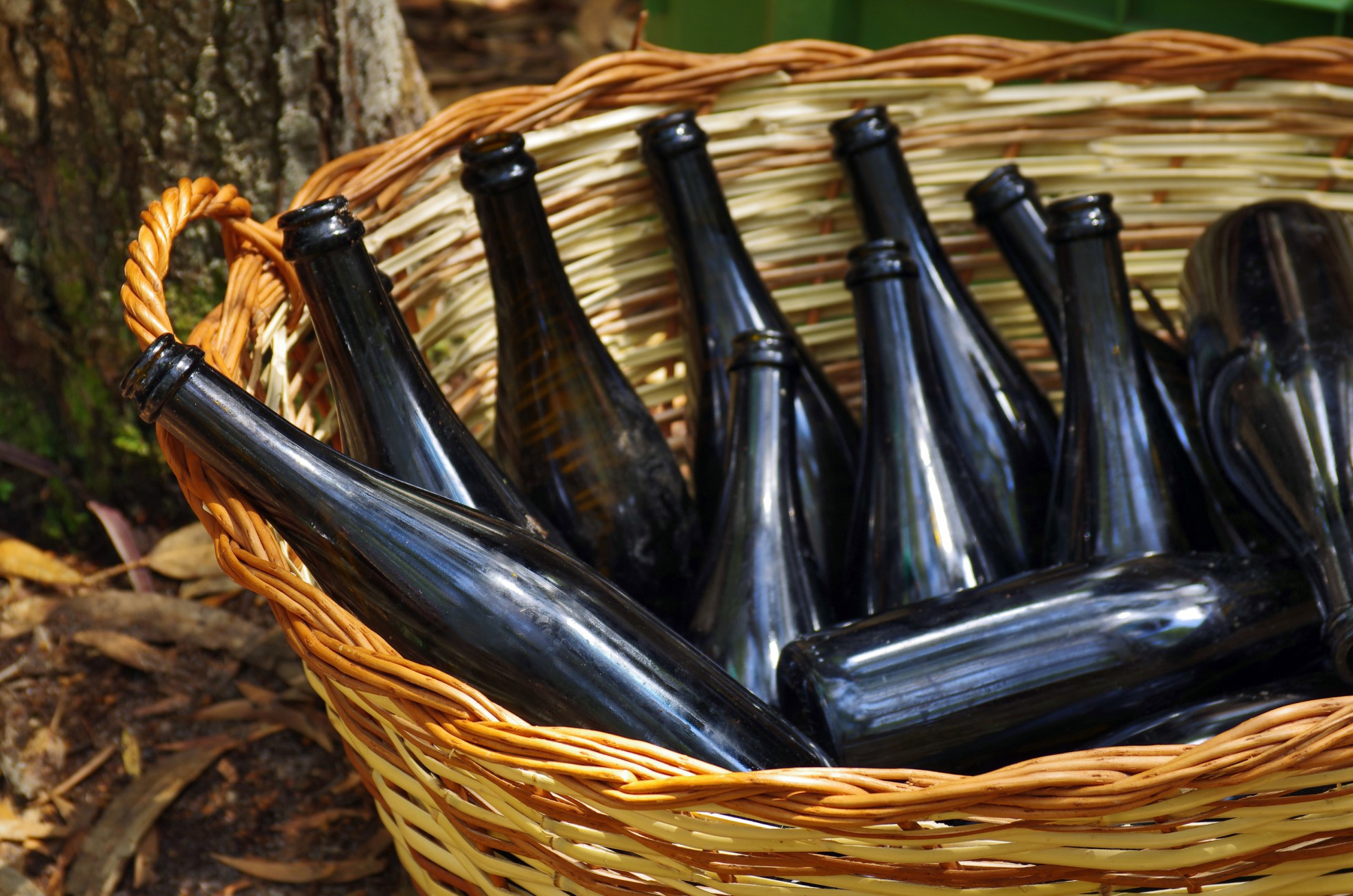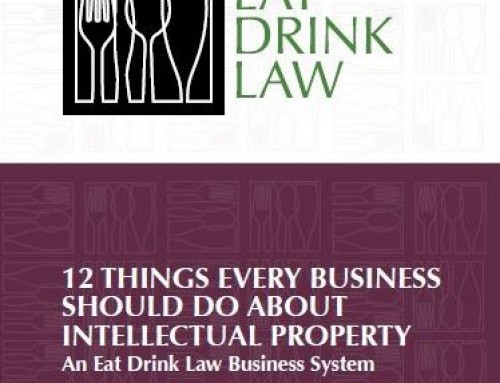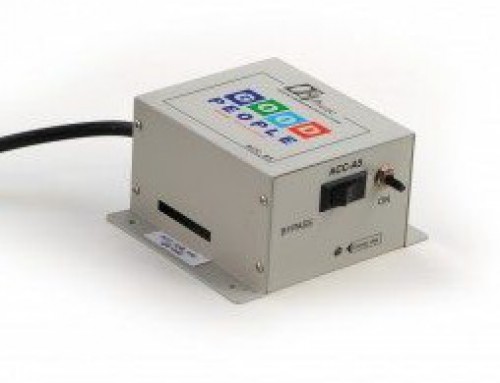I’ve been spending a fair amount of time lately reviewing various state liquor laws and helping clients figure out how they will apply to their business. Now, in New York State, there are so many layers of law, administrative agencies, and court rulings that nothing is ever simple. But liquor law is a particularly onerous area in which to operate a business. Modern liquor law traces its roots back to prohibition and its end. The 21st Amendment repealed prohibition (the 18th Amendment), but it was not intended to put alcohol back into the hands of anyone who wanted it. Instead, it expressly transferred authority over alcohol to individual states and territories and made the possession and use of alcohol a privilege over which state and local governments had the final say. It did not set alcohol free. It just pushed it down through the system for someone else to worry about. This has given the states almost unlimited power in the area of alcohol regulation and, to this day, there are dry jurisdictions which are still living with prohibition across the country.
So, following on the end of prohibition, each state had to chart its own path on regulating alcohol. Politicians in New York and not been entirely opposed to prohibition and the state laws they enacted were still oriented toward controlling something that was viewed as a social evil. A concern with the corrupting influences of alcohol and its tendency to mingle with violence, gambling, drugs, prostitution, public nuisance, and general lawlessness carries through the state statutes as they have survived to the present day.
New York established a strict three-tier system in which manufacturers, distributors, and retailers were forced to be distinct businesses so that beer, wine, and liquor would pass through several hands on the way to the customer, each of the businesses was incentivized to keep an eye on the others in the supply chain. A restaurateur with a liquor license could not operate a still. The trucking and warehouse company that moved products from the distillery to the restaurant could not have an ownership interest in either. In fact, the law even looked hard at promotion, exclusivity, and contractual obligations to make sure no one in the chain was gaining too much influence over the others. Regulators were also encouraged to limit the number of licenses and control the overall availability and number of outlets.
In more recent times, the evils of alcohol have receded to some degree in the public mind and the focus tends to be in specific problems like preventing drunk driving and underage drinking. In modern government and politics, breweries, wineries, and distilleries are largely viewed as good business and a vehicle for economic development. Governor Cuomo has held high-level summits and sponsored several initiatives to encourage the alcohol industry in the state. The passage of revised Farm Brewery, Distillery, and Winery laws in the past years has been an effort to create startup opportunities—largely by lowering licensing fees and dismantling the three-tier-system as it applies to some of these businesses. This is why you can have a winery that can sell at retail through its tasting room and have a restaurant and bed & breakfast licensed to service alcohol on their premises. That would have been forbidden under the old three-tier system (and is still prohibited to most alcohol licensees).
This really brings us to the challenge of our time in alcohol regulation. It is in transition. New laws and rules are being passed. The New York State Liquor Authority is now caught between its historical role of limiting alcohol businesses and the State’s economic development interests, all on the face of shifting social values and hostility toward overregulation. That isn’t an easy position for them or for alcohol entrepreneurs looking to innovate and push the limits on what has been done before.









Leave A Comment